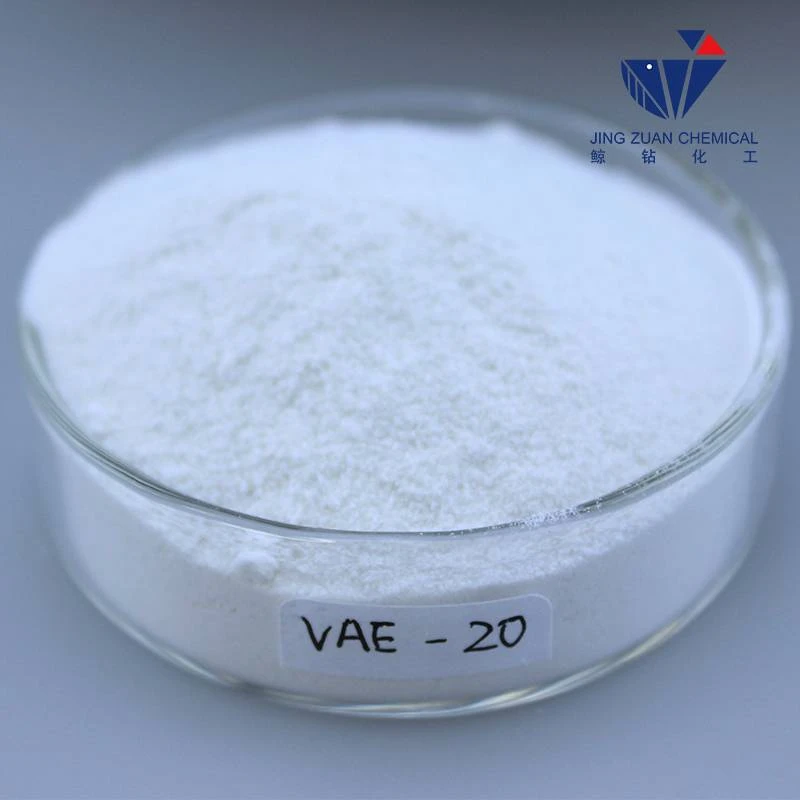
okt . 13, 2024 02:51 Back to list
construction hpmc
Understanding Construction HPMC A Key Ingredient in Modern Building Materials
In the realm of construction materials, Hydroxypropyl Methylcellulose (HPMC) stands out due to its unique properties and versatile applications. This cellulose ether plays a crucial role in improving the performance and functionality of various construction products, ranging from mortars to plasters, and its significance cannot be overstated.
What is HPMC?
Hydroxypropyl Methylcellulose is a synthetically modified cellulose derived from natural cellulose. Through a series of chemical processes, cellulose is treated with propylene oxide and methyl chloride to create this valuable compound. HPMC is a white or off-white powder that is soluble in cold water, forming a viscous solution. Its unique molecular structure allows it to impart various beneficial properties to construction materials.
Properties of HPMC
The incorporation of HPMC in construction applications offers several advantages
1. Water Retention HPMC has excellent water-retaining properties, which helps to maintain moisture in cement-based mixtures. This is crucial for allowing adequate hydration of cement, ensuring optimal strength and durability of the final product.
2. Workability HPMC improves the workability of construction mixtures, making them easier to apply. It provides a smooth and creamy texture, which enhances the spreadability of mortars and plasters. This allows for better adhesion to surfaces and improved finishing quality.
3. Thixotropic Nature HPMC has a thixotropic effect, meaning it can change its viscosity when subjected to stress or shear. In construction applications, this property is beneficial as it allows materials to be easily manipulated during application and retain their position once set, preventing sagging or slumping.
4. Adhesion When used in tile adhesives and other bonding agents, HPMC enhances adhesion strength. It helps in creating a strong bond between different materials, ensuring long-lasting performance in various environmental conditions.
construction hpmc

5. Adjustable Settings Different grades of HPMC can be produced to meet specific performance characteristics, allowing manufacturers to tailor solutions for various applications.
Applications of HPMC in Construction
HPMC is widely used in various construction applications, including
- Mortars and Plasters HPMC enhances the performance of cement-based mortars and plasters, ensuring they have a smooth consistency, improved adhesion, and better workability.
- Tile Adhesives The use of HPMC in tile adhesives ensures strong bonding between tiles and substrates, minimizing the risk of detachment in wet and high-stress environments.
- Self-Leveling Compounds In self-leveling floor compounds, HPMC aids in maintaining consistency and workability, resulting in a smooth and level surface.
- Grouts HPMC improves the flow properties and water retention in grout, ensuring that it fills voids effectively and adheres well to surfaces.
Conclusion
As the construction industry continues to evolve, the need for high-performance materials grows. Hydroxypropyl Methylcellulose (HPMC) has emerged as a vital component in modern construction, contributing to improved material properties and performance. Its versatility allows it to be used in a range of applications, making it an indispensable tool for builders and manufacturers. As technologies advance and the demand for sustainable and durable construction solutions increases, HPMC will undoubtedly play a significant role in shaping the future of building materials.
-
Versatile Hpmc Uses in Different Industries
NewsJun.19,2025
-
Redispersible Powder's Role in Enhancing Durability of Construction Products
NewsJun.19,2025
-
Hydroxyethyl Cellulose Applications Driving Green Industrial Processes
NewsJun.19,2025
-
Exploring Different Redispersible Polymer Powder
NewsJun.19,2025
-
Choosing the Right Mortar Bonding Agent
NewsJun.19,2025
-
Applications and Significance of China Hpmc in Modern Industries
NewsJun.19,2025







